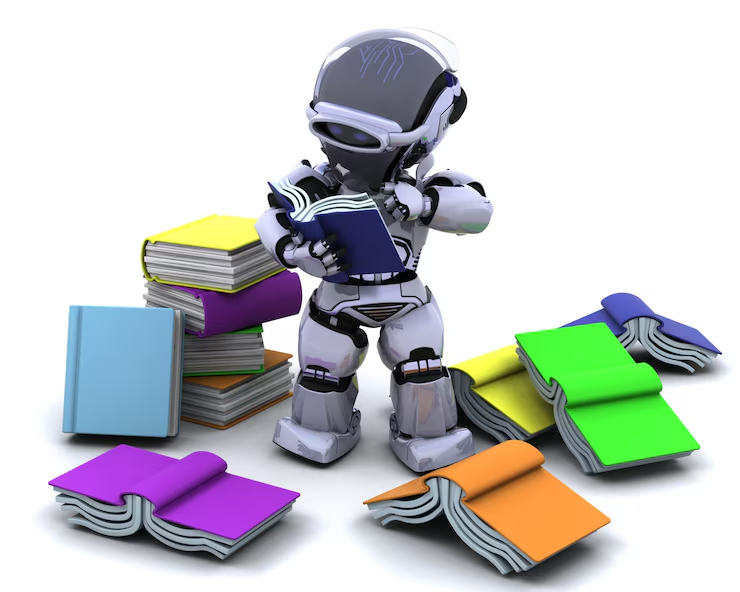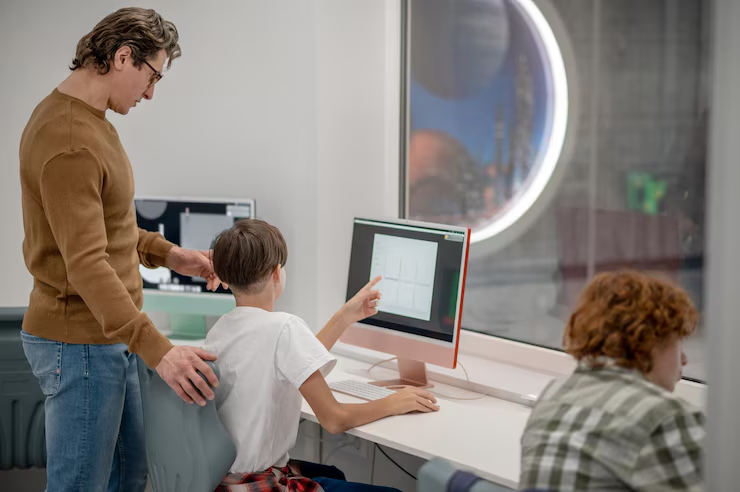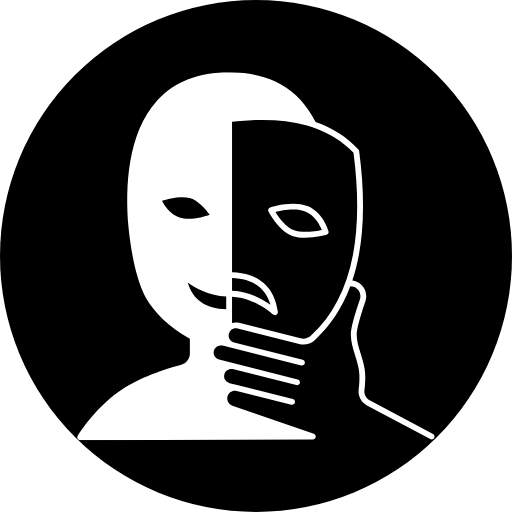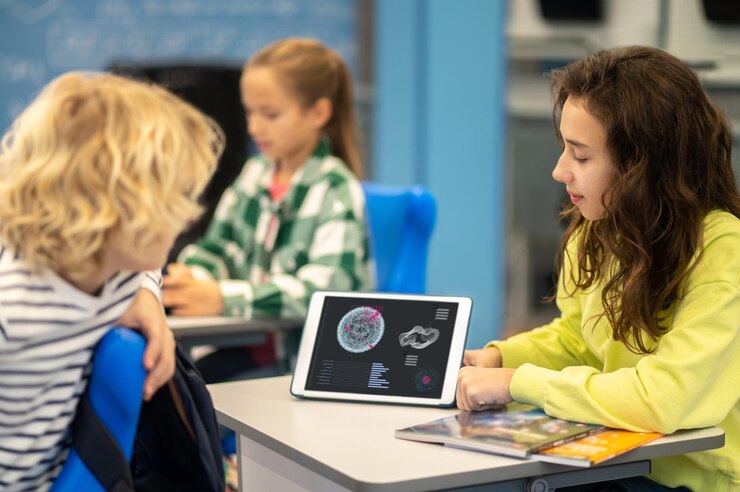Table of Contents
Student life has changed immensely with new AI Detection Tools advancements. Writing emails, essays, and even solving math problems has become much simpler with AI Detection Tools, such as ChatGPT.

These tools can instantly generate even the most complicated forms of assignments in mere seconds, and the results are often indistinguishable from a student’s work. This offers unparalleled convenience, but it also creates challenges for teachers and how they assess student work.
This is precisely where AI detection tools become useful for teachers. More than ever, educators are finding it more reliable to trust these tools to tell the difference between AI-generated content and pieces genuinely composed by the students.
Key Insights
Today, classrooms are confronted with entirely new challenges, issues that did not exist just a few years ago. The rise in popularity of AI Detection Tools such as ChatGPT has made it increasingly difficult for teachers to discern between traditional work and AI-generated work.
One moment you are engaging with a carefully crafted essay on climate change, and the next you’re questioning if it was composed by a learner or secretly produced in under a minute. The use of AI in homework and essay writing is booming.
Many learners now utilize these algorithms not only for ideation or grammatical assistance but also for crafting complete assignments. The real issue here is, if a chatbot is capable of writing an ed essay, how do teachers ensure that a student isn’t just “playing pretend” when it comes to actual schoolwork? This is not to say that schools have completely given up.
There is always something in motion: policies reform, new digital literacy classes are introduced, and a constant attempt is made to ride the surge of AI Detection Tools . There is also the primary issue of how we grapple with technology that evolves at such an unpredictable pace.
This change is indeed concerning. Should students really turn in work that was made by AI as if it were their own? And from an academic standpoint, how can educators evaluate genuine mastery of concepts when they do not know who or what authored a given paper?
On a more hands-on note, schools are grappling with how to deal with this issue. Is the right approach to completely eliminate the use of AI Detection Tools , or is it better to train students on responsible use?
The simple fact is that no single answer works best. Nonetheless, what is becoming increasingly evident is that AI is profoundly impacting education, and the effects caused by this shift are just getting started.
Also Read: 3 Ways to Verify Viral Images Before Sharing on Social Media
What Role Should AI Detectors Play in Schools’ Fight Against Cheating?
Since AI Detection Tools can now write articles with just a few instructions, schools have to deal with a new problem. Many institutions are resorting to AI detectors as a means to uphold educational integrity.
Honestly, there seems to be a good enough reason for this. If AI is generating the content, how are educators supposed to ensure students are grasping the material? These AI Detection Tools flag questionable content, helping supervisors enforce consistency and fairness.
But there is a flip side. AI detectors AI devices aren’t just used to stop people from being dishonest. Trust is equally as important in the classroom, in this case, student privacy. If schools lean too heavily on these methods, the message becomes skewed, not every student is assumed innocent until prove.
This leads us back the real challenge: curbing the balance. Trust AI detectors to aid the teacher, but do not let them replace the teacher’s judgment. Used the right way, they shouldn’t only spark important discussions surrounding academic dishonesty; rather, the ethical use of AI Detection Tools.
It’s not about restricting students. It’s about creating a culture that shifts power to students, ensuring they earn educations through effort rather than shortcuts. To summarize, AI detectors serve a purpose, but they are only one part of a much more complex scenario.
10 Best AI Detection Tools for Teachers
In today’s world, detecting AI-generated content is more complex. If you’re starting to reconsider whether a student actually crafted that “perfect” essay, you are certainly not the only one. In this article, we introduce 10 best AI detection tool for teachers that every educator should always have at the ready.
1. Originality.AI
Originality.AI capable of simultaneously identifying plagiarism and AI-enabled material. It efficiently uncovers detected content and assigns grades accordingly. It is perfect for those educators wanting immediate results while still being thorough in their analysis.
2. GPTZero
GPTZero is focused solely on educators’ needs, giving explanations for flagged AI content. For those educators who seek something beyond just a percentage score, GPTZero covers contextual ground too.
3.Turnitin
Most schools already had an account with Turnitin and now the site includes an AI detector with the usual plagiarism scanner. If your school already has an account, you have an advantage. No need for additional accounts, just use the login details and watch the tool automatically detect all areas of concern in your students’ submissions.
4. Copyleaks
Copyleaks stands out with its accuracy and simplicity. The platform even has a free plan. It is user-friendly. Copyleaks separates AI content from human writing, which makes the pointer useful when going through students’ submissions. Teachers appreciate the simple design of the platform that eliminates clutter.
5. Winston AI (Built for Teachers)
Winston AI is tailored specifically to teachers. With provided real-time scans, comprehensive results, and instant feedback, the tool gives trusted data. Review AI content in students’ assignments without needing to decode techisms, thanks to Winston’s straightforward approach.
6. Writer.com
Writer.com isn’t only helpful to businesses; schools can benefit from it, too. It provides useful AI detection and also checks grammar and tone. It’s great for teachers looking to improve student writing skills while keeping AI under control.
7. Crossplag
Crossplag offers a unique two-in-one checker that features both AI detection and plagiarism scanning. Its clear and straightforward reports are helpful without being overly complex. If you need a balanced tool that checks both originality and AI usage, this one is worth considering.
8. Smodin
More than an AI checker, Smodin serves as a classroom’s Swiss Army knife. In addition to AI detection, it also provides writing and citation tools. If your students use it to write, checking their work alongside the tool is smart.
9. Quill.org
Quill.org prioritizes student learning, offering feedback on writing done within its platform along with AI detection. This allows students to improve and teachers to stay informed. You will receive alerts if something triggers suspicion and your students receive real-time writing support. It’s a win-win situation in the classroom.
10. Leap.AI’s GPT-4o Detector
This is new and innovative. Because Leap.AI’s detector works with the GPT-4o model, it can detect information content created with newer AI Detection Tools . For proctors concerned about the issue of students using the latest AI technology, this particular detector shifts the advantage to the user.
How to Find the Best AI Detector?
Trying to stay up-to-date with technology in the classroom is like trying to grab smoke with your hands. While reading a student’s essay, you might begin to wonder whether a chatbot wrote it. This is where AI detectors come in.

Although there are so many options available, how do you know which one actually works? In this case, we will talk about the most important issues to be taken into account.
Precision
The importance of this stance cannot be overemphasized. In cases where students’ effort is accurately appraised, if the tool produced any of its response based on a student’s work, it makes absolutely no sense.
It is best to use detectors that have favorable criticism, a good reputation, as well as high detection rates, especially for new AIs like GPT-4. Especially useful are those that explain why they consider a given output as AI generated. The performance of any of such suggestion matters when it enhances your confidence around the results.
Features
The aforementioned criteria can help answer whether all detectors are systematic. Distinction can be made because some stop at answering and responding, while others go further by producing detailed reports, providing side-by-side comparisons, enabling upload of markdown files (looking at you, midterm essays!), and merging with your LMS. Ask yourself, do I only want to identify AI, or am I looking for solutions that can seamlessly streamline my grading process?
Pricing
Budgets are always tight. Some AI Detection Tools come with generous free plans while others have essential features locked behind paywalls. Verify what’s included for free and whether it meets your classroom needs.
Paid versions often come with better business support and faster processing for paid accounts, which is a common school investment, but many teachers are perfectly fine with the free version.
Ease of Use
No one wants to spend their prep time fighting with poorly designed software. The best AI Detection Tools work best when they are clean, quick, and easy to understand. Uploading a file and hitting “check” should yield results within seconds.
Final Tip
Take advantage of free trials and sample scans. Most platforms have them. Test a few out. Seeking what feels right is the goal as it doesn’t leave you more baffled than when you started. Remember, the best tool is the one you will actually use.
Ethical Considerations When Using AI Detection Tools For Teachers
AI detectors can assist teachers, but like any AI Detection Tools , they come with responsibilities. If we use them wisely, ethics need to be discussed. With trust from students and how results are handled, here’s what every educator should consider.
Transparency
Students need to be informed when checks are being conducted on their work via AI, as well as what exactly is being checked. This can lead to a breakdown in trust. Including a clear policy on your syllabus or rule documents can mitigate this issue.
Make sure students understand what tool is used and the criteria for its analysis, as well as how the data will be applied. Trust is established with transparency.
False Positives
No AI detector is accurate 100 percent of the time. Occasions when an original essay is flagged are commonplace. That also illustrates the need for not taking AI scores at face value.
Allot space for human judgement and context. AI detection should not function as an ultimate authority. Flagging should initiate dialogue instead of shutting it down.
Concentrate on Learning
The objective isn’t to “capture” students, it’s to cultivate them. Too much reliance on a detector as a teaching tool may lead to a shift from nurturing to policing. Devote attention to critical thinking, voice, and creative thought authenticity.
The Harvard Education Review explores this balance in Teaching Critical Thinking in the Age of AI Detection Tools. Remind students why their authentic voice is crucial. Detection should support; AI intervention should never overshadow the teaching of authentic voice.
Combine with Other Strategies
Your intuition should always take precedence over any technological tool. Combine the use of detectors with individual student meetings, draft, revise, and reflect on assignments. These offer insights no software can replicate.
Helpful tip:
- Have students submit a brief video or audio explaining their work.
- Incorporate outline check-ins or writing journal evaluations into your system.
- Your multifunctional methods deepen trust in the integrity of your evaluations, broadening their humanity.
Future of AI in the Classroom
Like it or not, AI is an evolving technology, and it’s here to stay as it’s getting smarter. AI Detection Tools and classrooms are changing hand in hand. Here we will discuss the future of AI in education with a special focus on teacher needs: improved detection accuracy and effortless integration with learning management systems (LMS).
Improved Accuracy
AI detection has a bright future ahead. With newer models like GPT-4o being released, there are smarter AI Detection Tools being made that can keep up. These next-gen detectors will be far more accurate and misclassify less often due to stronger context evaluation.
As stated in Stanford’s 2024 AI Index Report, AI model accuracy in natural language tasks has risen by 30% in under two years. This directly impacts detector efficiency in logationally catching AI-written content.
As models improve, the AI Detection Tools needs to be at the forefront in meeting those advancements. A lot of tools are stepping up to the challenge.
Teachers will understand much better how a student scribed something because of insights that have been provided into their writing process, rather than focusing solely on the end result.
Frameless Connection with School Platforms
The advanced AI Detection Tools of the future will not be hosted on different sites. They will be baked right into the platforms Google Classroom, Canvas, and Blackboard.
According to EdTech Magazine, in 2023 more than 60% of K-12 schools in the United States had adopted the use of a learning management system.

With AI Detection Tools, teachers can review assignments and spend their time in the gradebook spotting issues and in the report reviewing issues. The AI Detection Tools would provide teachers with intelligent feedback to complete Modern education technology would help teachers balance evaluation and provide a process, and it would save time while enhancing education delivery.
Conclusion
In a world where educators leverage AI Detection Tools with a click, reliable support is essential to uphold academic integrity. Instincts and intuition are no longer enough. AI-powered detection tools aren’t created with the intention of blaming the students; rather, their purpose is to foster an environment where truthfulness, responsibility, and genuine learning are second nature.
Striking the balance between technology and trust enables educators to combat AI cheating head-on. Through clear communication, a focus on critical thinking, detection tools, and inbuilt technology, educators can prioritize trust with students.

